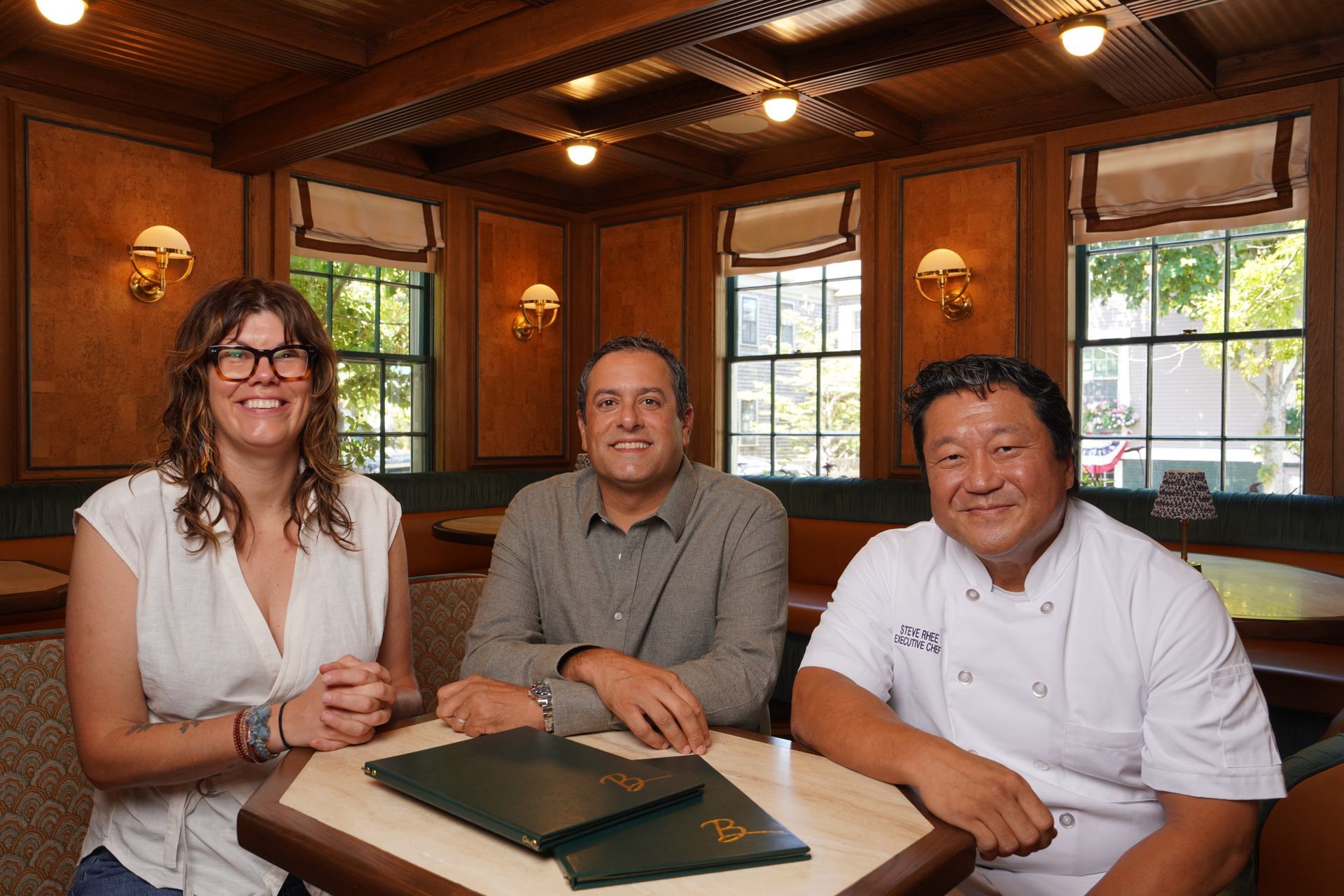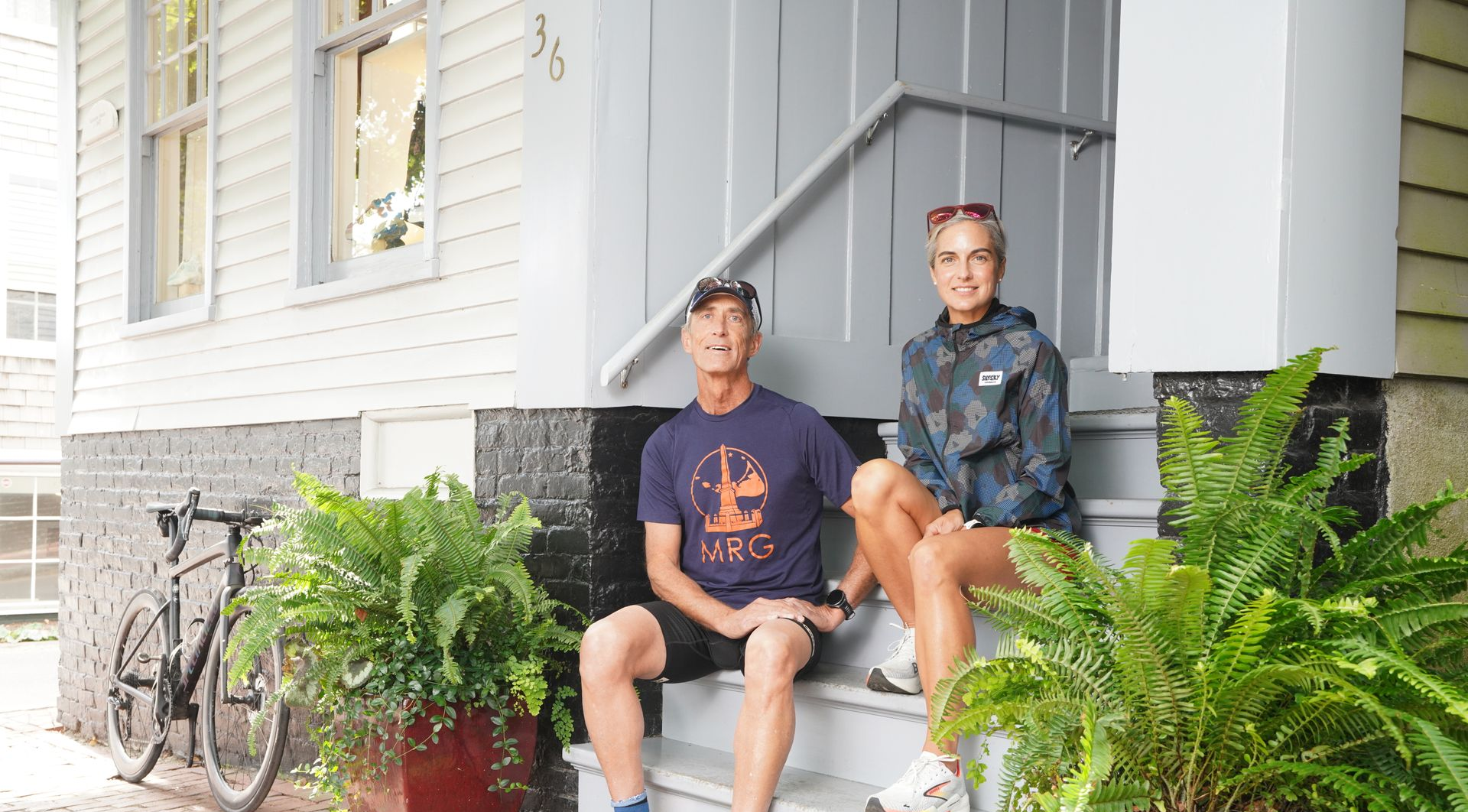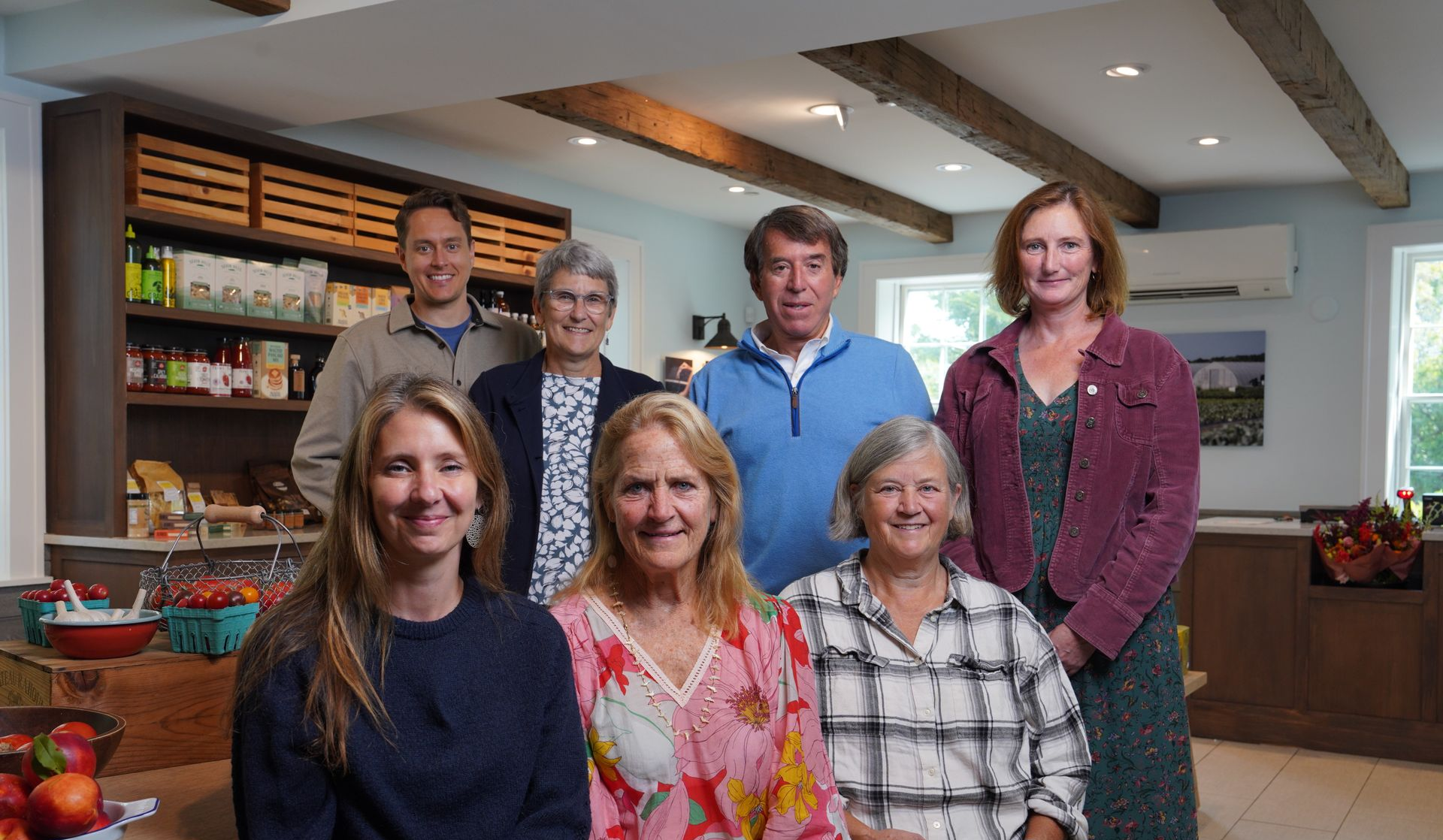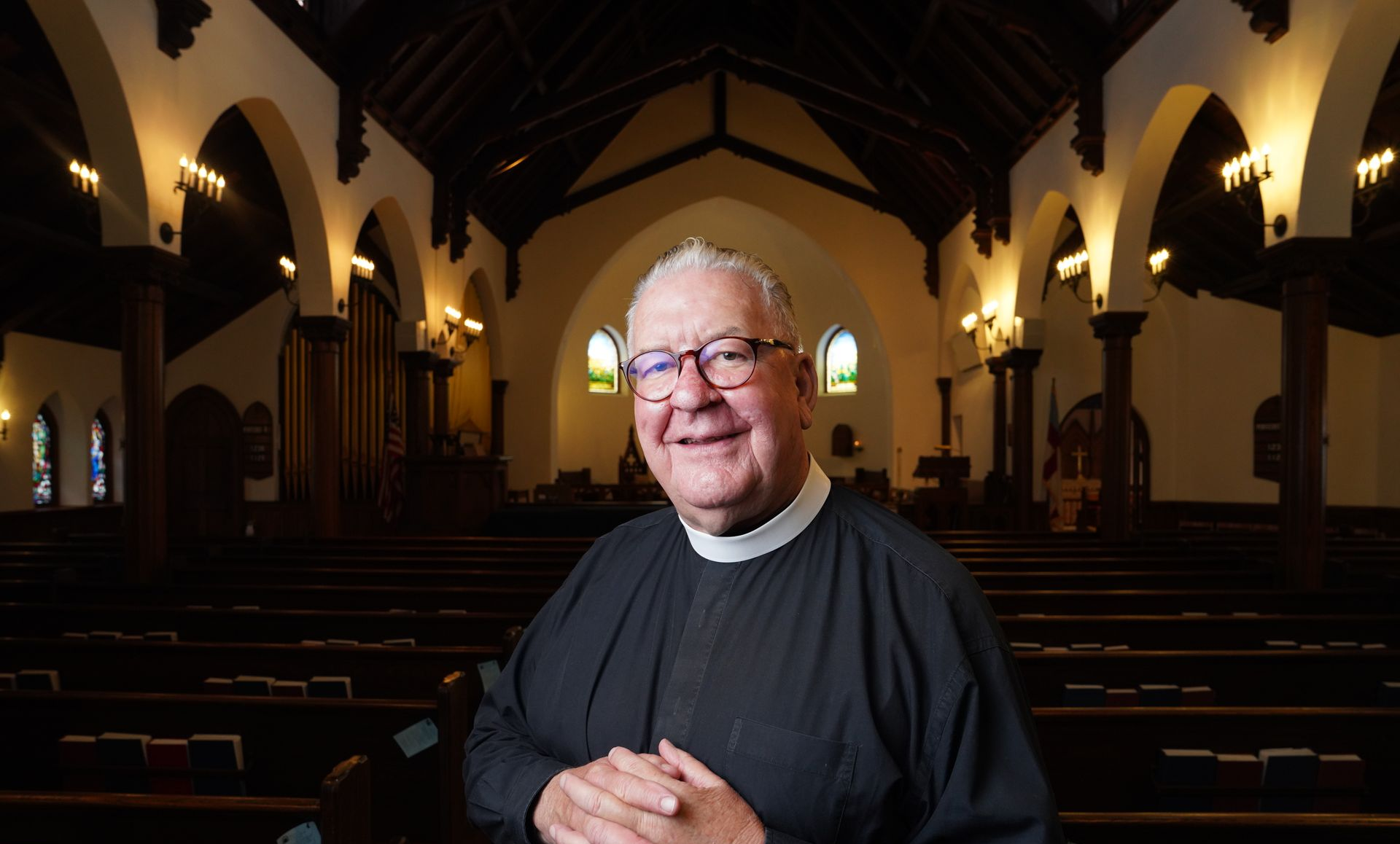Hope for the Homeless
For the homeless on Nantucket, The Warming Place provides shelter.
Written by Larry Lindner
Photography by Kit Noble
The saying “No good deed goes unpunished” could have been coined for Efren Peralta. He was working for a business last year that provided employee housing when a coworker was fired. Knowing that his coworker relied on employee housing also, Peralta let him crash at his house for a few nights. When his boss found out, he too was fired, making Peralta homeless.
With all of his belongings stored in his car, Peralta spent his days looking for jobs, sometimes getting work as a day laborer, sometimes looking for volunteer work to keep busy, and sometimes sitting inside the bus station to keep warm in cold weather. He spent his nights bouncing from couch to couch at different friends’ places when he could or taking a boat to Hyannis for a relatively cheap hotel room, chipping away at his fund to put his daughter through college.
“Rent is very expensive,” Peralta, born in the Dominican Republic, said through a translator. “You can pay rent and not eat, or eat and not have enough money to pay rent.” Only after five months into his odyssey of homelessness did he find The Warming Place, Nantucket’s free shelter for those without a roof over their heads.

Hundreds of people on the island find themselves homeless. Most of them are among the so-called hidden homeless, perennially couch surfing or perhaps living in an unsanctioned, unplumbed dwelling like a cellar. As many as 100 others at any one time fall under the umbrella of what can be termed the literally homeless, spending their nights outdoors or maybe in a car or tent, said Matt Haffenreffer, founder and principal of Process First, a food and health tech firm that has been studying the issue.
While some homeless people on Nantucket grapple with substance abuse or mental health challenges that don’t allow them to maintain jobs, many of both the hidden and literally homeless on Nantucket contribute to the island’s economy and vital services, sometimes working steady, full-time jobs. Zahra Kasza, development director of The Warming Place, puts it this way: “The unhoused are not fringe members of the community. They’re just members of the community.”
The problem was laid out in a recently released Nantucket-based documentary “Room for Us?” In the film, a teenager explains that a school bus driver whose routes he was on for three years would ask every single time she boarded whether any of the kids’ moms knew of a place where he could stay the night. Some on Nantucket sleep in their cars, and in the morning drive to people’s homes to clean them, despite not having a place of their own.
People talk about the Nantucket Shuffle, where seasonality dictates where and how some people live, but in a certain way it’s more like musical chairs. There are more people needing a home than there are affordable spots available. Someone is going to be squeezed out of the game. The Warming Place works to fill in gaps primarily for Nantucket’s literally homeless population—the ones without someone’s couch to crash on—offering an overnight cot at either the Summer Street Church or the First Congregational Church, as well as a hot meal.

In recent years, B-ACK Yard BBQ has donated the majority of the meals, with significant meal contributions also coming from the Knights of Columbus, St. Paul’s Church and the Brotherhood of Thieves. Also provided: laundry cards, grocery assistance cards, toiletries and once-a-week showers at Health Imperatives, across the street from Nantucket Cottage Hospital. Additionally, the Warming Place helps unemployed homeless people land jobs, going over how to fill out an application and assisting with job references. And they help connect homeless people with social services such as Fairwinds and Mass Health. In other words, the end game is not just about addressing the immediate crisis; it’s about getting people back on their feet and housed.
Peralta found The Warming Place last February, when others were also seeking shelter. “The first year [2021] we had only five people,” said Warming Place board president Deb DuBois. “The second year, we moved up to serving around 10. Last year we had 40. We know there are many more people out there." Despite what The Warming Place can offer to those who find their way to it, the strain of homelessness remains staggering. “When we first opened up, we got newspapers donated,” said DuBois. “We got checkers and cards. But no one wanted to read or play. I didn’t understand it. Somebody said, ‘Deb, there’s so much stress in my life. Even to play checkers is too much.’ We had one guy—in one week of being on the street he was having memory problems that he hadn’t had before.”
Another complication: The Warming Place does not have its own facility and cannot offer overnight shelter 12 months a year. It relies on the two churches during the slow winter season—from November 1 through April 30—but has no place to accommodate people overnight from May through October. “The homeless shelter is homeless,” said Kasza.
Even during the winter, cots and linens and food have had to be moved between the two churches. “The goal is to have our own independent structure,” Kasza explained. “We are actively looking for a place we can use year-round.” Any option for a new facility would require donations, as do salaries for shelter staff who serve dinner, stay overnight and serve breakfast in the morning before cleaning up so the church can be used again. “Our payroll is significant,” DuBois said.
Peralta was grateful for everything The Warming Place provided, but more so for what happened when staff there found out that he had been in food service as a pastry chef in Spain, where he lived after he left the Dominican Republic but before coming to Nantucket to fast-track his savings for his children’s education. When they saw there was a job opening at Bartlett’s Farm, they assisted him with an application.
After nine months without a key to his own residence, he’s now employed in the Bartlett’s Farm kitchen, helping out with baked goods and other food preparation. He also has a place to live, in staff housing at the farm. “My story has a happy ending,” he said. “When I had nothing, The Warming Place gave me hope. Now I have work, housing, and I want to give back.” He plans on volunteering at the shelter this winter, as do dozens of others who want to help homeless people.
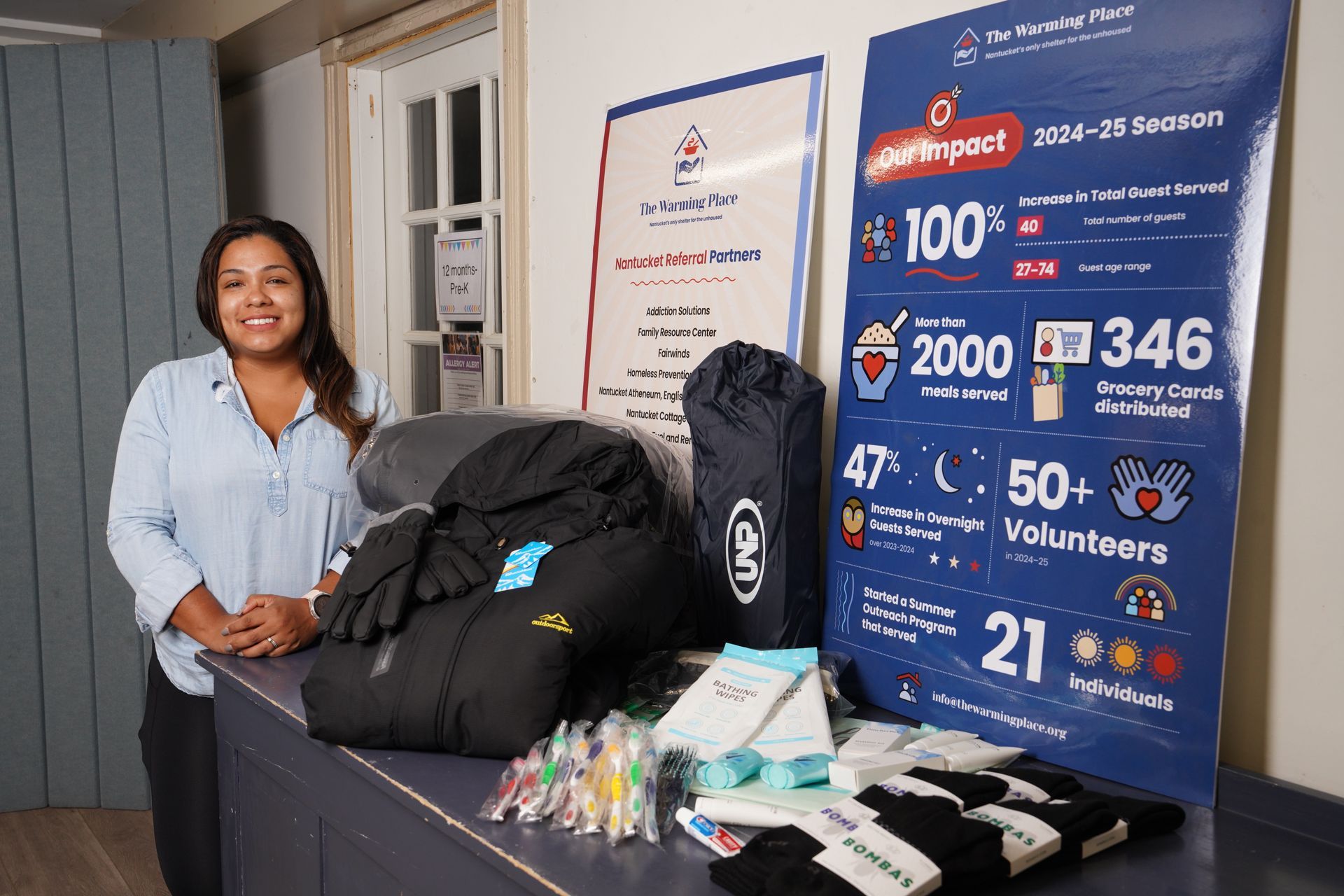
If you would like to volunteer, give a cash donation, send something from the organization’s Amazon wish list (items range from hand warmers to protein bars), or simply learn more about what it means to be homeless, visit TheWarmingPlace.org.

